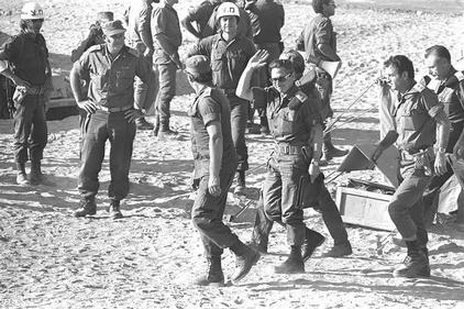
November 11, 1973
After twelve days of negotiation at the end of the 1973 Yom Kippur (October War), Egyptian General Mohamed el-Gamasy and Israeli General Aharon Yariv completed the first direct negotiations between the two countries since Israel’s establishment in 1948.
The Kilometer 101 Six-Point Agreement focused on the maintenance of a cease-fire between Israeli and Egyptian forces, the movement of non-military supplies, the use of U.N. supervision, and plans for prisoners of war exchanges. Points of its content on military disengagement were intentionally not implemented, while supplies to Egyptian forces and to Egyptian civilians were delivered.
US Secretary of State Henry Kissinger wanted to use the military disengagement portion of the agreement to be part of the US controlled diplomacy that he and President Richard Nixon wanted to flow from the war. The Kilometer 101 negotiations and agreements were the basis of the First Egyptian-Israeli Disengagement Agreement signed in January 1974.
Nixon and Kissinger, as well as Egyptian President Anwar Sadat and Israeli Prime Minister Golda Meir wanted to exclude Soviet participation in any real post-war diplomacy. While Kissinger slowly built a warming US relationship with Egypt and Sadat, an important gain in the Cold War, Israel became increasingly wary but not opposed to the growing Egyptian-US embrace.
The photo shows Israeli General Aharon Yariv arriving for the signing on November 11, 1973.
